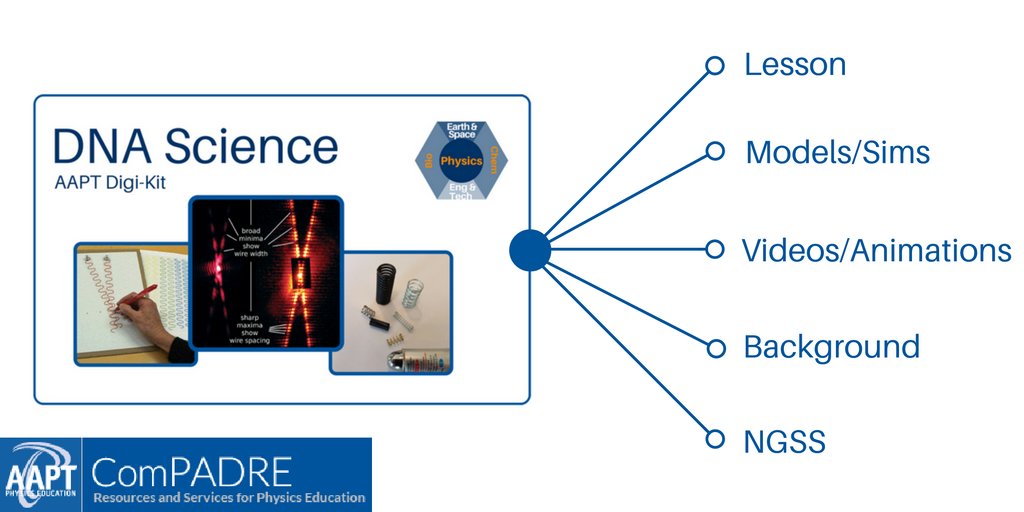
The Physics Teacher
May 2022
Volume 60 Issue 5
Fermi Questions: James Webb Space Telescope
This Month’s Cover... reflects vividly some of the peculiar symmetry of the James Webb Space Telescope (JWST), not to mention the suspense felt by those waiting to examine its images and the drama associated with its controversial name. Larry Weinstein offers two Fermi Questions about the JWST, as well as a nostalgic look back on this thought-provoking and entertaining column, in celebration of 15 wonderful years of his contributions to TPT. (Credit: NASA)
Columns
And the Survey Says..., Astronotes, Figuring Physics, For the New Teacher, Just Physics, iPhysicsLabs, Little Gems, Physics Challenge for Teachers and Students, Fermi Questions, Talkin' Physics, Technology In The Classroom, Tricks of the Trade, Visual Physics, and Websights.
EDITORIAL
Call for papers on environment, sustainability, and climate change. DOI: 10.1119/10.0010392
LETTERS TO THE EDITOR
Note on acrobat energies by Joshua Grossman. DOI: 10.1119/5.0081876
Nonintuitive flows through holes by Said Shakerin. DOI: 10.1119/5.0084582
PAPERS
Vertical Launch of a Grappling Hook by Carl E. Mungan and Trevor C. Lipscombe. DOI: 10.1119/5.0030313
Promoting Problem Solving Through Interactive Video-Enhanced Tutorials by Kathleen Koenig, Alexandru Maries, Robert Teese and Michelle Chabot. DOI: 10.1119/5.0050673
It’s Good to Be Popular in High School: A Look at Disparities in STEM AP Offerings in Northern California Public High Schools by David Marasco and Bree Barnett Dreyfuss. DOI: /10.1119/5.0037254
Visualizing Double-Slit Interference on a Shoestring by Beth Parks and Hans Benze. DOI: 10.1119/5.0050803
Putting Potential at the Core of Teaching Electric by Jan-Philipp Burde, Thomas Sean Weatherby and Thomas Wilhelm. DOI: 10.1119/5.0046298
A Practical Approach to Physics for Non-Scientists by Gordon Ramsey. DOI: 10.1119/5.0043083
Reflection from a Potential Well and from a Potential Barrier by Mark Denny. DOI: 10.1119/5.0031325
Acceleration Measurement Using Arduino and a Smartphone for the Motion of Objects on an Inclined Plane by Huai-Yi Chen, Hwa-Ming Nieh and Shih-Wei Ko. DOI: 10.1119/5.0038831
Linear Algebra Notation in Introductory Physics? by Ethan A.-N. Deneault. DOI: 10.1119/5.0036510
A Fresh Look at the Young-Laplace Equation and Its Many Applications in Hydrostatics by Fred Behroozi. DOI: 10.1119/5.0045605
Building an Astrophysics/Astrochemistry Laboratory from Scratch by Douglas W. White. DOI: 10.1119/10.0010394
The Shape of Earth: An Early Test of Newtonian Physics by George Greenstein. DOI: 10.1119/5.0035142
An Intuitive Approach to Earth’s Centrifugal Bulge by George Greenstein. DOI: 10.1119/5.0030646
Introductory Physics Labs: A Tale of Two Transformations by Steven Frederick Wolf and Mark W. Sprague. DOI: 10.1119/5.0032370
The Thomson Jumping Ring Experiment and Ideal Transformer by Chiu-king Ng. DOI: 10.1119/5.0036490
Inexpensive Single and Double Slits Using a Fine-Toothed Comb by Alan DeWeerd. DOI: 10.1119/5.0042491
Poisson Distribution: Derivation and a Computer Simulation by J. P. Sharpe. DOI: 10.1119/5.0040756
A Gauss’s Law Computer Simulation in GlowScript by Anthony Danese. DOI: 10.1119/10.0010396
Race and Physics Teaching Collection Resource
Race and Physics Teaching Continued May 2020-January 2021
DNA Science Lesson & Digi-Kit
Inspired by an article from The Physics Teacher, this multidisciplinary lesson and digital resource collection is based on How Rosalind Franklin Discovered the Helical Structure of DNA: Experiments in Diffraction (Braun, Tierney, & Schmitzer, 2011). Click the image to access this resource.


